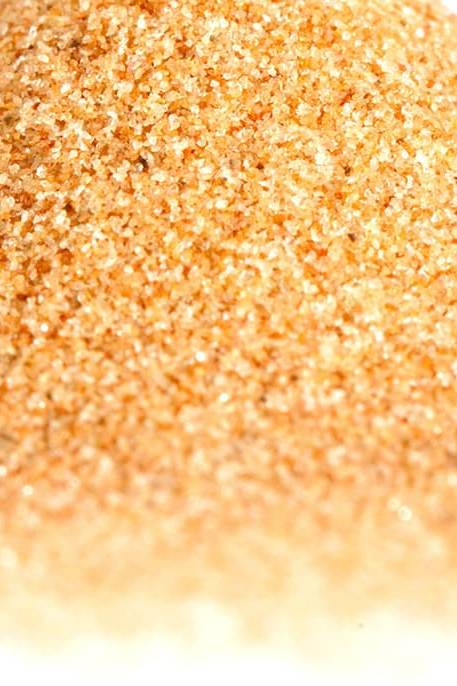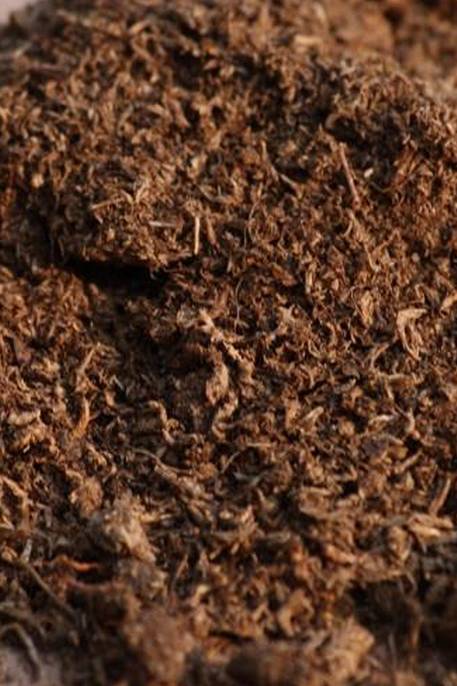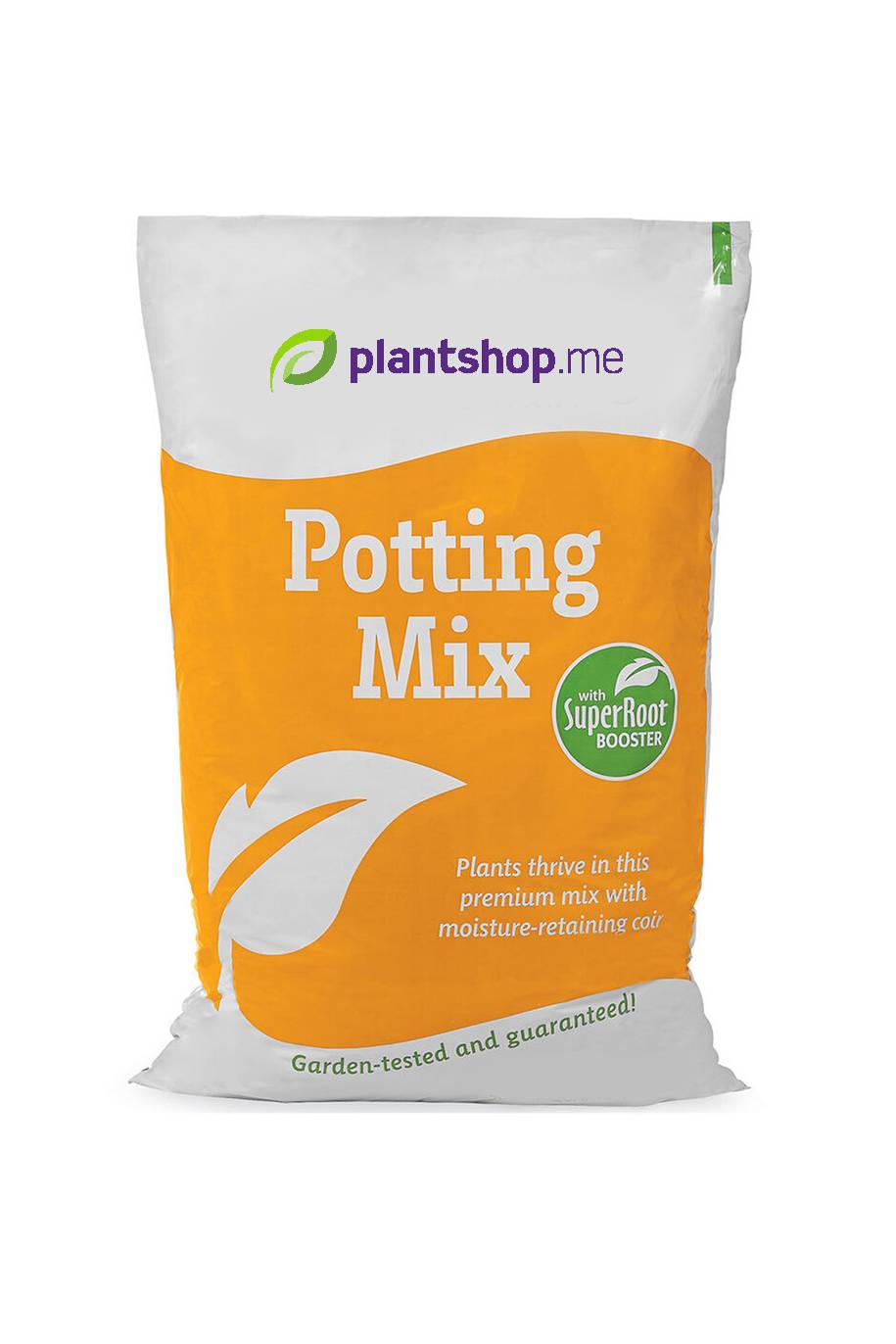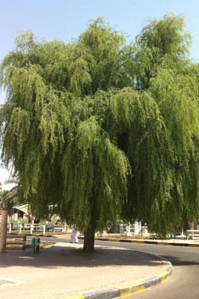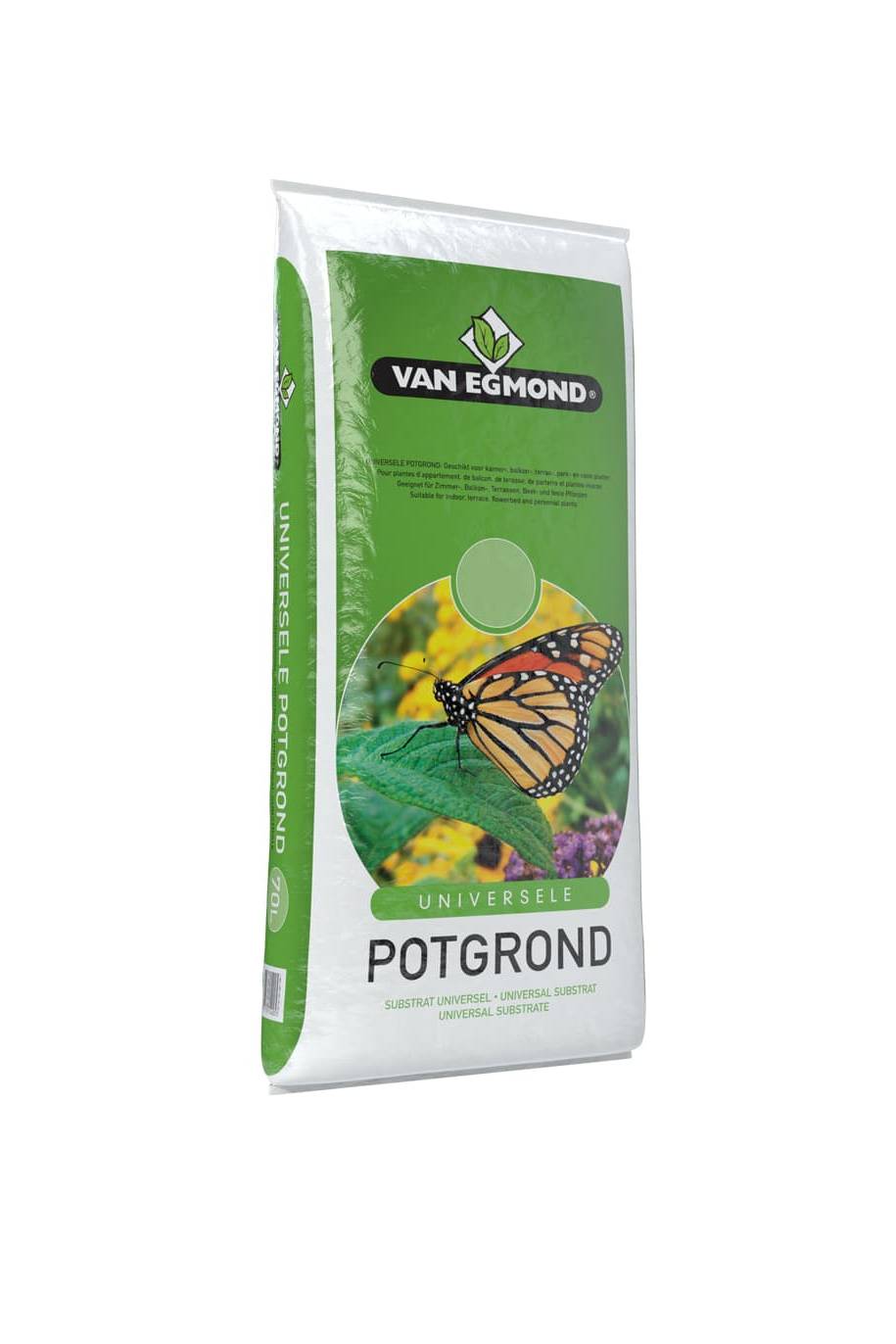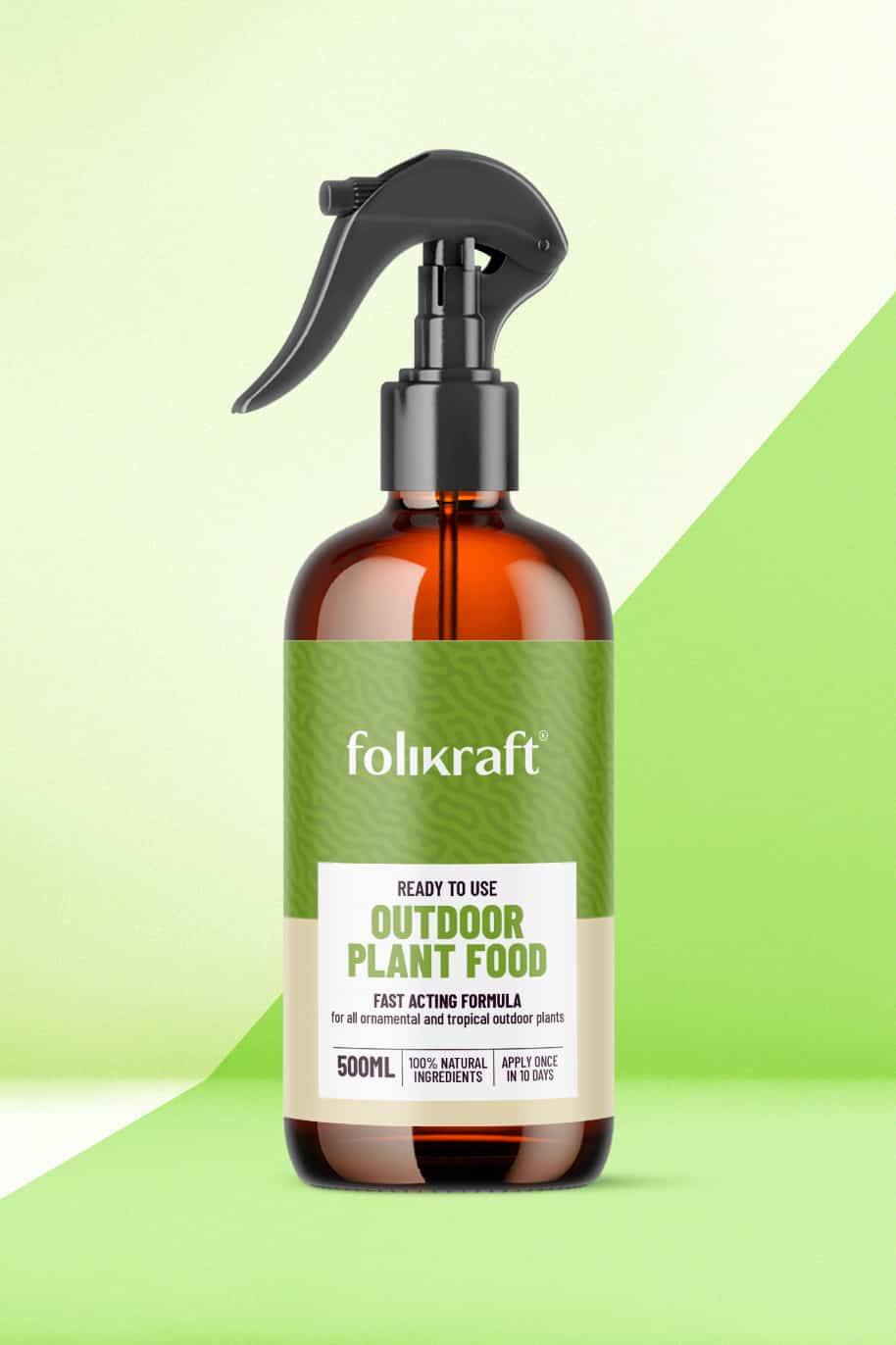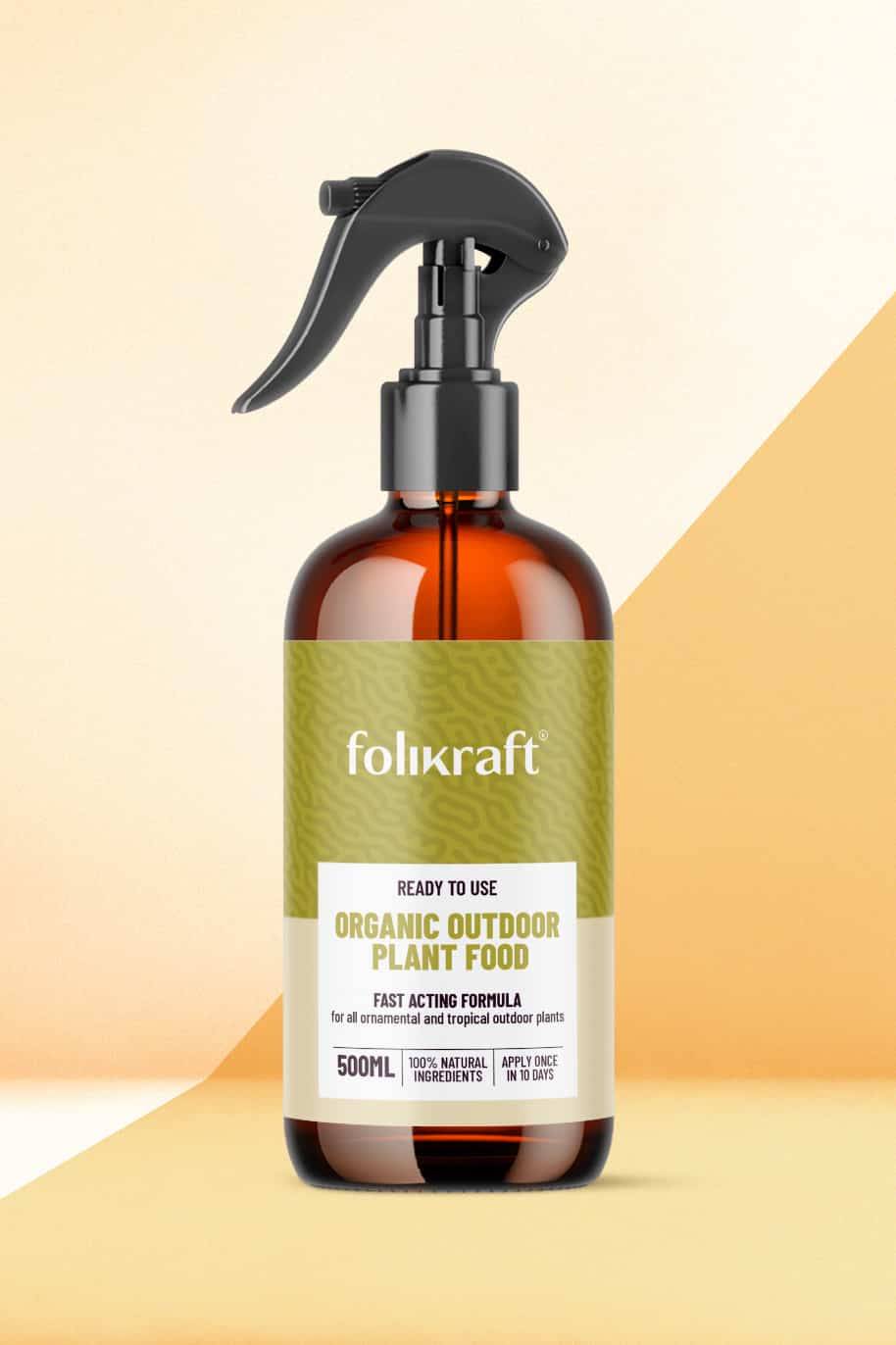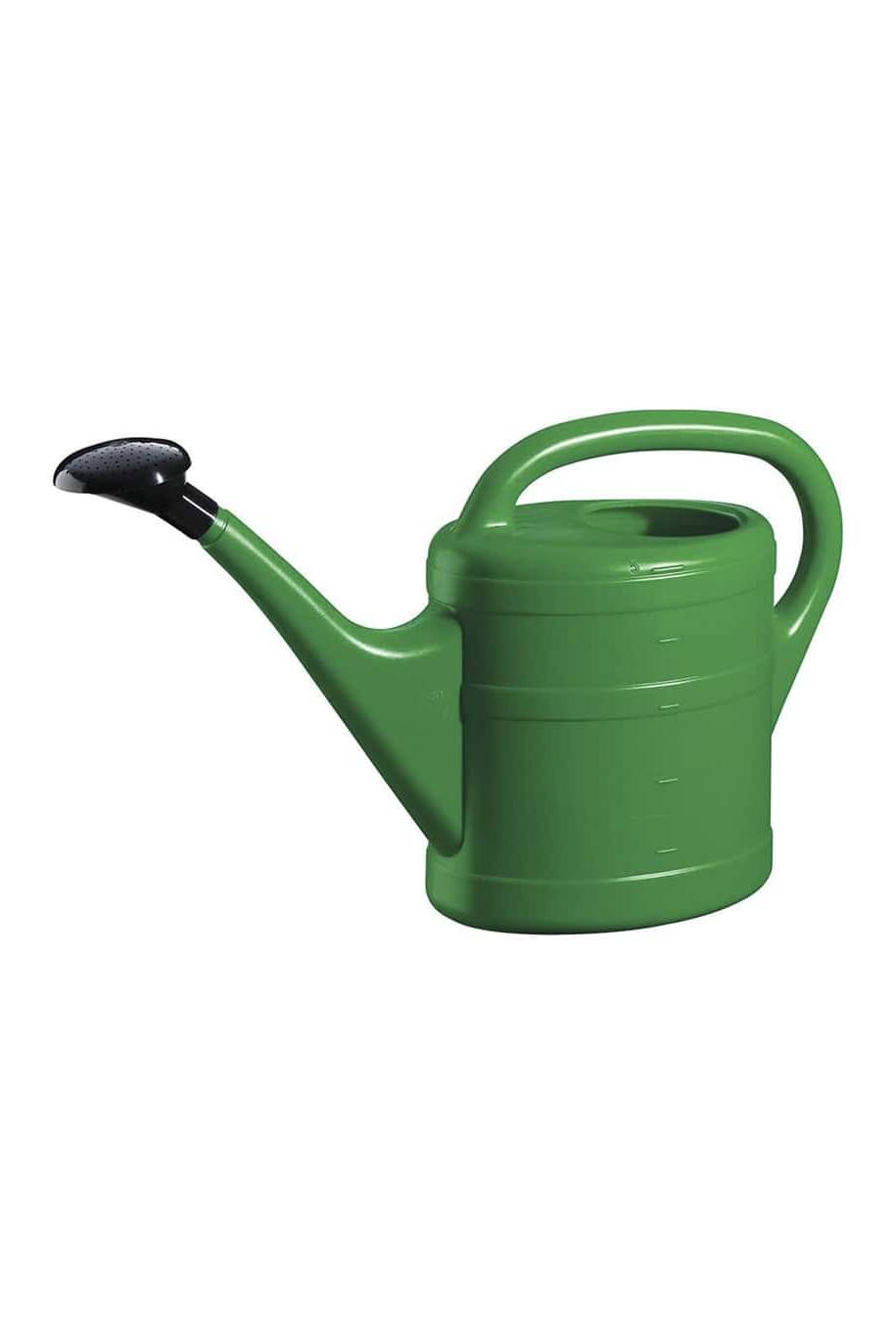Plant Bio
The Sicklebush (Dichrostachys cinerea), also known as the Chinese Lantern Tree or Marabou Thorn, is a small, thorny, deciduous shrub or tree native to Africa and parts of Asia. It is characterized by its unique, bi-colored flower spikes resembling a Chinese lantern or a "sickle" shape, hence its name. The flowers are pink and yellow, producing a sweet fragrance, and they bloom mainly during the warm seasons. Its leaves are feathery and pinnate, and the tree is known for its hardiness in dry, arid conditions.
The Sicklebush can grow up to 4 meters tall when left to mature, but its size can be controlled through regular pruning. It is commonly used for ornamental purposes, hedges, and windbreaks.
Care for Sicklebush (Small):
Sunlight:
Sicklebush thrives in full sun. Ensure it gets at least 6-8 hours of direct sunlight daily for optimal growth.
Soil:
It prefers well-draining, sandy, or loamy soil. It can tolerate poor soils but will benefit from organic matter or compost in the soil.
Watering:
This plant is drought-tolerant once established. Water young plants regularly until they are well-rooted, then reduce watering. Overwatering should be avoided, especially in heavy soils.
Temperature:
Sicklebush prefers warm to hot climates and can handle extreme temperatures. It does well in regions with temperatures ranging from 20-35°C. It is not frost-tolerant.
Fertilization:
Generally, Sicklebush does not require heavy fertilization. Adding compost or organic matter to the soil once a year can improve growth. Fertilize lightly with a balanced fertilizer during the growing season if needed.
Pruning:
Regular pruning helps maintain its size, especially when grown as a small shrub. Trim back branches after flowering to control growth and shape. Be cautious of its sharp thorns while pruning.
Pest and Disease Control:
Sicklebush is relatively pest-resistant. However, occasional attacks by aphids or scale insects may occur. Use insecticidal soap or neem oil to control infestations. Watch for fungal issues in overly wet conditions, and improve air circulation if needed.
Propagation:
Propagation is typically done through seeds, though seeds need to be scarified or soaked to encourage germination. It can also be propagated by root suckers.
By following these care guidelines, the Sicklebush can thrive as an attractive, low-maintenance addition to your garden or landscape.










